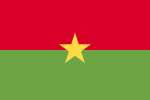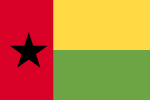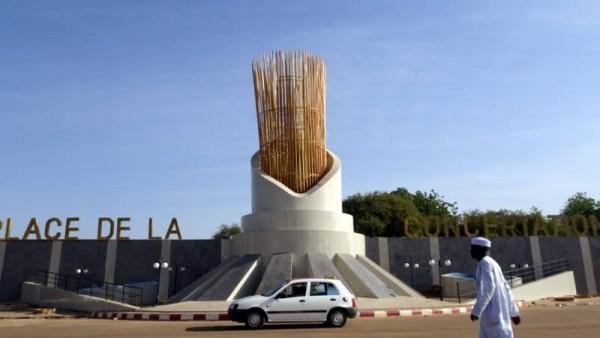Niger, the world’s fourth largest uranium producer, was ranked 131st among 190 countries in the World Bank’s Doing Business Report, an increase of eleven (11) places compared to the previous year when the country was ranked 143rd. The reforms relating to the improvement of the business climate adopted since 2010 have thus borne fruit. In addition, the country has experienced an acceleration of its growth in recent years. Niger’s economic growth is estimated at 5.1% in 2019 thanks to agriculture, which has benefited from favorable weather conditions and investments to improve agricultural production, despite security challenges and the drop in uranium prices. However, in 2020 growth is expected to slow to 1.0% due to the adverse effects of the COVID-19 pandemic on the economy.
Resilience of the agricultural and extractive sectors
The growth of the Nigerien economy held up well in 2018 at 7.0%. This momentum was driven by the primary and tertiary sectors, which contributed 2.6 points and 3.2 points respectively.
However, Niger’s growth slowed in 2019 due to its dependence on irregular agricultural production and extractive activities whose international prices are unstable and the persistence of security threats. Niger’s growth rate is estimated at 5.1% in 2019 and is expected to slow to 1.0% in 2020 due to the COVID-19-related health crisis.
The primary sector: driving sector of the Niger economy in 2020
Niger’s economy is heavily dependent on primary sector activities, mainly agriculture and livestock breeding. In 2020, growth in the primary sector is projected at 1.5%, compared with an estimated 4.9% in 2019 and 7.1% in 2018. This performance of the primary sector is favored by the investments made under the I3N program (Initiative les Nigériens Nourrissent les Nigériens), which was set up in 2011.
The growth of Niger’s primary sector in 2018 is also attributable to good weather conditions and the expansion of irrigated crops (+28.8%). Fishing production increased slightly in 2018 (+2.7%) due to the slight return to calm in the Lake Chad area. The livestock sector maintained its strength (+4.7% in 2018 compared with +4.2% in 2017), benefiting from the satisfactory performance of the 2017-2018 agricultural season, which increased the availability of fodder for livestock.
The growth rate of the secondary sector is projected at 0.6% in 2020 against an estimate of 8.8% in 2019. Thus, for 2020, the secondary sector would account for 18.3% of GDP compared with 18.5% of GDP in 2019 and 18.1% of GDP in 2018. In addition to the performance of the extractive industries (uranium production), manufacturing and construction activities play a predominant role in the dynamics of the secondary sector.
As for the tertiary sector, its weight would increase slightly to 25.8% of GDP in 2020 after 25.5% in 2019 and 25.4% in 2018. However, the tertiary sector, dominated by trade and other services, remains a key component of the Nigerien economy. Activity in the tertiary sector is expected to be severely affected by the harmful consequences of the COVID-19 pandemic, with growth expected to be 0.3% in 2020 compared with 6.6% in 2019.
Niger’s economic outlook and development plans
Thanks to its commitment to business climate reforms, Niger is ranked 4th in the WAEMU region in the World Bank’s Doing Business Report for 2020. Indeed, since 2010, the country’s attention has been focused on the following main reforms: improving conditions for access to electricity, construction permits, ease of tax payment, access to credit and protection of minority investors in companies.
In 2017, the Nigerien government put in place a five-year program, the Economic and Social Development Plan (PDES) covering the period 2017-2021. The main objective of this plan is to increase living standards through strong, sustainable, resilient and inclusive economic growth. Thus, the PDES is structured around five (05) main lines: cultural renaissance, social development and demographic transition, acceleration of economic growth, improvement of governance, peace and security and sustainable management of the environment. All of this with the aim of diversifying the economy, strengthening the private sector and finally, controlling the high population growth and gender inequality. The inauguration of the 100-megawatt Goroubanda power plant, which aims to address power outages and encourage business production, was the flagship project under the PDES.
Achievements for 2020 are expected to include the implementation of major oil projects, the construction of economic infrastructure and continued investment in the agricultural sector with the continuation of structuring investments under the 3N Initiative and the Millennium Challenge Corporation (MCC).
For more information on Niger’s macroeconomic situation, download the country briefing note, 2020 edition prepared by UMOA-Titres, here.
Source: Niger Country Information Note – UMOA-Titres – September 2020












